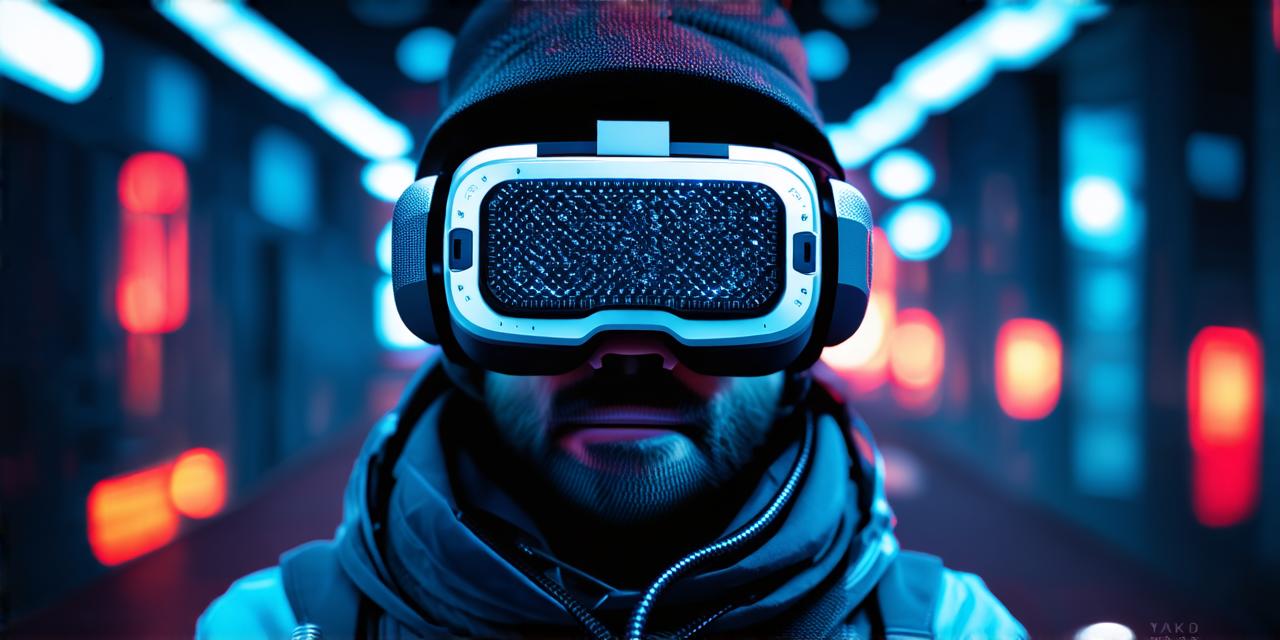
How real can virtual reality feel?
The Power of Immersive Experiences
Virtual reality technology is designed to create immersive experiences that transport you into a digital world. By using VR headsets, sensors, and controllers, you can interact with virtual environments in ways that feel incredibly realistic. From flying over mountains to exploring ancient ruins, VR provides an incredible level of immersion that can be truly transformative.
One of the key factors that contribute to the realism of VR experiences is the way it engages your senses. VR technology stimulates multiple senses at once, including sight, sound, and touch, creating a fully immersive experience that feels incredibly real. By engaging all of these senses simultaneously, VR can create an environment that feels as if you are really there.
Real-life Examples of Immersive Virtual Reality
There are many examples of virtual reality experiences that have been designed to feel incredibly realistic. One such example is the use of VR in medical training. By creating a simulated surgical environment, doctors and nurses can practice procedures without risking the lives of real patients. This allows them to become more confident and skilled in their craft, ultimately leading to better patient outcomes.
Another example of immersive virtual reality is in the field of entertainment. Virtual reality has been used to create incredibly realistic video games that transport players into a digital world unlike anything they have ever experienced before. From first-person shooters to exploration games, VR provides an unparalleled level of immersion that can be truly transformative.
The Role of Technology in Creating Realistic Virtual Reality
Virtual reality technology has come a long way since its early days, and advances in hardware and software have made it possible to create increasingly realistic experiences. One key factor in the realism of VR is the use of high-resolution displays that provide incredibly detailed visuals. These displays are combined with advanced tracking systems that allow VR headsets to accurately track your movements and adjust the environment around you in real-time.
Another important factor is the use of haptic feedback, which provides tactile sensations that make virtual objects feel more realistic. Haptic feedback can be used to create vibrations, resistance, and other sensations that allow you to feel as if you are interacting with real objects in a digital environment.
The Future of Virtual Reality
Virtual reality technology is constantly evolving, and we can expect to see even more advanced and immersive experiences in the future. With advances in hardware and software, VR is likely to become even more realistic and accessible to a wider range of people. This will open up new opportunities for education, entertainment, and other fields that rely on immersive virtual environments.

In conclusion, virtual reality technology has come a long way since its early days, and it now provides immersive experiences that can feel incredibly realistic. From medical training to entertainment, VR is changing the way we interact with digital environments and providing new opportunities for learning and exploration. As technology continues to advance, we can expect even more advanced and immersive virtual reality experiences in the future.
FAQs
1. How realistic does virtual reality feel?
Virtual reality technology is designed to create immersive experiences that feel incredibly realistic. By engaging multiple senses simultaneously, VR creates an environment that feels as if you are really there.
2. Can virtual reality really transport me into a digital world?
Yes, virtual reality can provide an incredibly realistic experience that transports you into a digital world. From flying over mountains to exploring ancient ruins, VR provides a level of immersion that is truly transformative.


